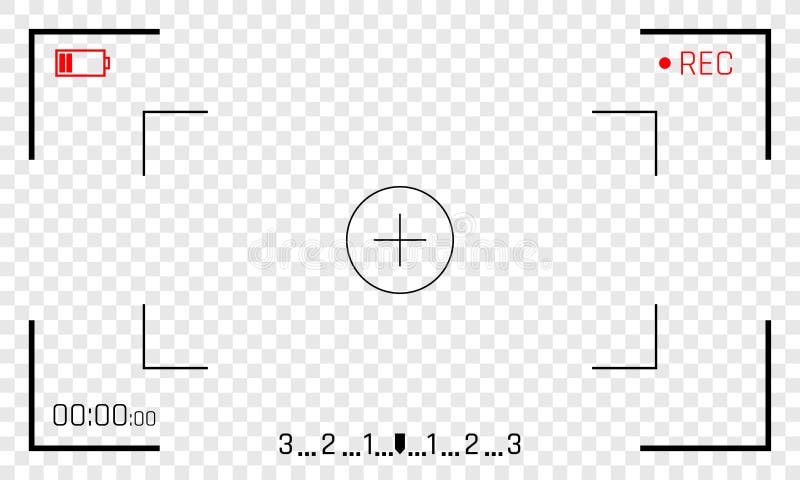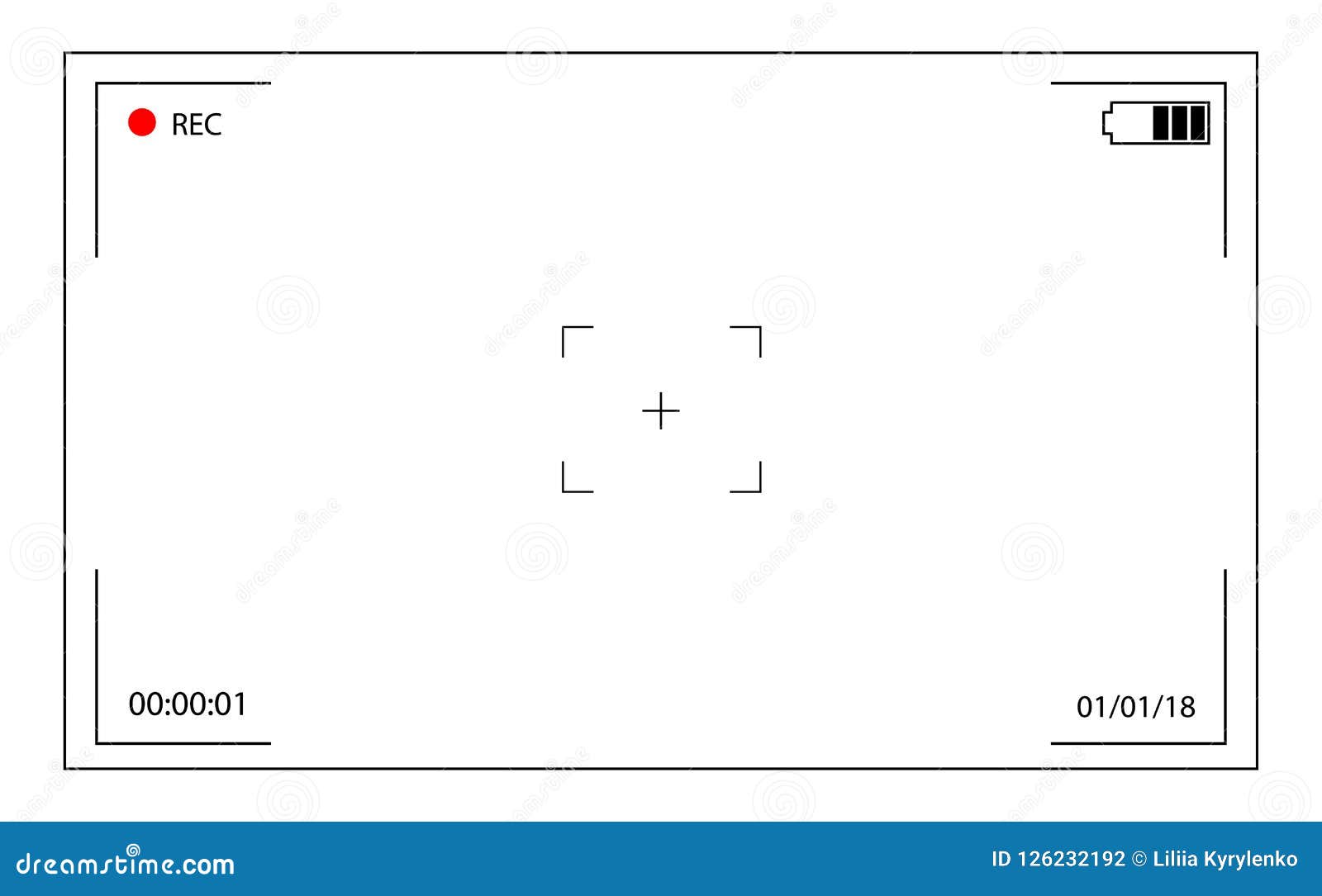
It’s about 30-40% smaller than APS-C sensors. The four thirds system is used solely by Panasonic and Olympus.
#Camera frame meaning full
Four Thirds 17.3 mm by 13mmĪbout a quarter of the size of a full frame sensor. A Canon APS-C sensor is about 22.2mm by 14.8mm while the Sony is about 23.5mm to 15.6mm.

APS-C 23.6mm by 15.8mmĪlso extremely popular, especially amongst major brands.
#Camera frame meaning iso
It combines a large sensor with a moderate pixel count boosting ISO performance with a 1.3x crop factor. APS-H 28.7 mm by 19mmĪPS stands for active pixel sensor and it’s super popular for interchangeable lens cameras. If using wide aperture lenses, these sensors can capture very shallow depths of field, often great for videography. Images of this size often require larger-bodied cameras, and even larger camera lenses. There is no crop factor, so whatever you see in the viewfinder is what you’ll shoot. As mentioned above, it’s the same as a 35mm film frame. How else does a camera’s sensor size affect your images? This video gets into some of the nitty gritty science behind camera sensor size. Both of these considerations can be cumbersome and just down right expensive, especially if you’re traveling or if your filmmaking style doesn’t demand it. Not to mention, your camera itself might have to be larger to house a large sensor. SENSOR SIZE COMPARISON How does sensor size affect your shot?Ī larger sensor requires a larger lens to cast an image over it.
#Camera frame meaning how to
Don't forget that to maximize the efficacy of your sensor, you'll need to know how to clean your camera sensor properly.


Hopefully, you understand the interplay of megapixels and sensor size, so now we can jump into how size affects the quality of each shot. But if there is low light, the tiny photosites on a smaller sensor don’t work as well. Well, if you have a high megapixel count, on a small sensor, all that means is the photosites are now smaller. So, where does a camera sensor size come into play? Keep in mind, a high megapixel doesn’t necessarily mean better image quality. If you have a 24-megapixel camera, it means you have 24 million photosites on your sensor. So your megapixel count refers to how many of these photo-sensitive sites your sensor contains. A million pixels is the equivalent to one megapixel. This sensor has millions of these light-capturing cavities called "photosites." The camera transforms these photosites into pixels which make up your image.Ī pixel is the smallest unit of a digital image that can be represented in a display device. Your camera sensor’s is basically a photo-sensitive site that captures light and color. While megapixels do matter to some degree, they’re not the end all be all of what creates a crystal clear image. This performance metric should not be confused with frame rate, which simply describes how many times per second the video source sends a new frame.Quick Overview on Photosites and Megapixels For example, if the device has a 60Hz refresh rate, it means that the screen is refreshing itself 60 times every second to compensate for jitter. Refresh rate is measured in hertz (Hz) and will vary according to the architecture of the display device. In video production, frame rate is sometimes confused with refresh rate. Each frame is shown twice to reduce flicker and accommodate the new speeds. Videos designed for 60 FPS television use 30 FPS and 50 FPS televisions require 25 FPS videos. This gave the televisions a frame rate of 60 FPS and 50 FPS respectfully. In North America, Japan, and Korea it was 60 Hertz, and in most of the rest of the world 50 Hertz. The frame rates of televisions were determined by the frequency of power of a cable wall outlet. The concept of frame rate did not change substantially until the invention of the television. When sound film became available, the new videos continued to use 24 FPS in combinations with two- or three-blade shutters. This would increase the flickering to 48 to 72 hertz, which was easier on the eyes. To reduce flickering, projectors used dual- and triple-blade shutters, which would display each frame two or three times. Filmmakers used this variability to their advantage and would slow or speed the frame rate to convey mood.Īlthough the frame rate of these early movies was high enough to sense motion, the video was still choppy. The frame rate was highly variable because the cameras were hand-cranked. Techopedia Explains Frames Per SecondĮarly silent films had frame rates between 16 to 24 FPS. Slower FPS rates produce smaller computer files. Full-motion video is usually 24 FPS or greater.ĭifferent video formats have different FPS rates. The greater the FPS, the smoother the video motion appears. Frame rates faster than this are perceived to be in motion.

The human brain can only process about 10 to 12 FPS.


 0 kommentar(er)
0 kommentar(er)
